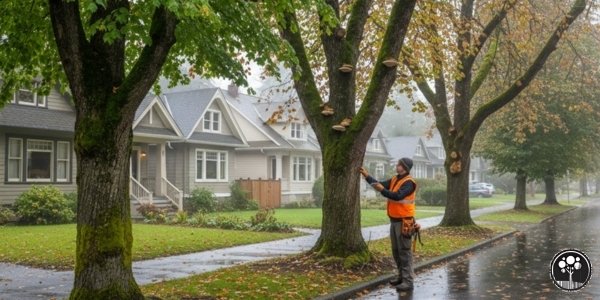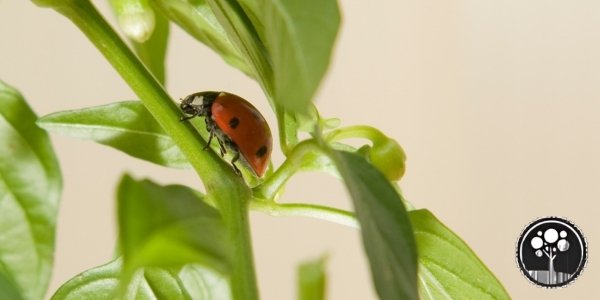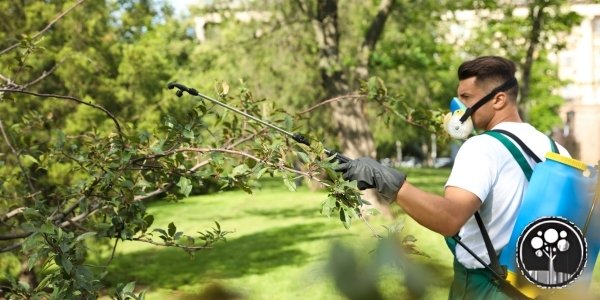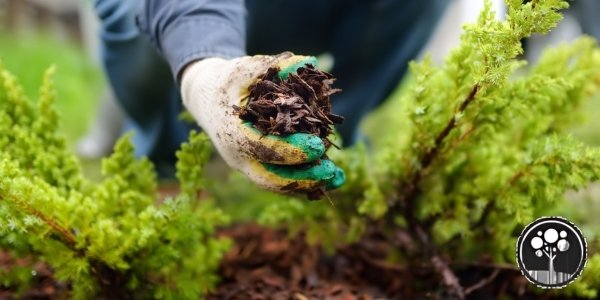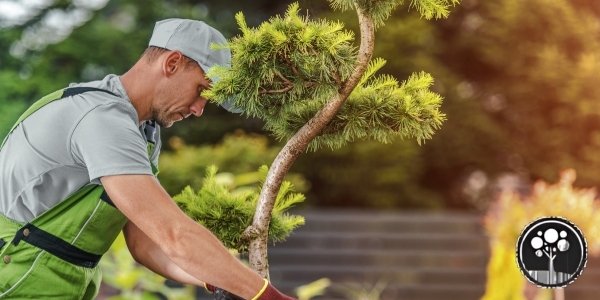Similarly to humans, trees get sick as well. In order to prevent whatever ails them from becoming worse Aesthetic Tree and Hedge Services recommends that any and all hired arborist correctly diagnose what is ailing the tree in the first place. Trees can become sick for a variety of reasons in North Vancouver and any other areas; some of these reasons include stress, diseases, and insects.
Yes, trees, like humans can experience stress as well. However, their stress revolves around environmental and nutritional factors rather than what humans experience as their stressors. There are numerous conditions that can cause a tree stress. Before delving any further into this topic, however, I would like to point out that the way stress impacts a tree is centralized around its physical appearance. To put this into perspective, in a human being, it would be like feeling sluggish if you aren’t eating properly.
Now, returning to the topic, we all know that plants need both proper water, light, and nutrients, but did you know that too much or too little of these could increase the stress levels of the tree?
Stress brought on by the environment can increase the chances of trees becoming diseased or attacked by insects. When stress is present, trees are usually good at adapting to still meet their needs in order to survive. Trees not only adjust their growth to adapt to their nutritional resources but they also change their developmental patterns if their environment is threatened. Thankfully there is always a diagnosis to save these oxygen providers.
If you live in North Vancouver and you believe you have a sick tree on your property,
here is what I recommend you do:
1. You must correctly identify the plant. Since diseases and insects tend to attack specific plants at times, doing this can eliminate a lot of possible diseases, if you don’t know how to identify your trees and plant, you should contact any tree service in North Vancouver or call us at: (604)721-7370 and we will come and have a look.
2. Next, survey the tree for abnormal patterns. You can tell a lot from surroundings of the tree. If there are no noticeable changes to the plants around the sick one then you can focus solely on the plant that is ill.
3. Examine the landscape surrounding the sick plant. This way it can be determined what is causing it stress, it can either be caused by a pathogen or chemicals.
Examining the roots of the plant is also very important. Different colored roots mean different things. If the roots are brown then that usually indicates that the soil is dry or there are toxic chemicals present. Black roots usually signify overly wet soil or organisms that are rotting in the roots. This particular step in diagnosing a trees disease is critical at this time, with all of the rain that North Vancouver and various other regions have been having it carries the possibility of affecting the health of the trees.
Another important step to diagnosing what is bothering the tree is examining the branches and the trunk. When arborists are doing this they need to keep an eye out for wounds because pathogens and harmful organisms can enter through them. Wounds can be caused by just about anything from lawn mowers to fires.
Finally, a tree service provider should also examine the leaves, similarly to the roots of a plant; the leaves also come in a variety of appearances when they are stressed. One should note the position of the leaves as well as their appearance.
Just like with some of the other diagnosis steps appearance is important when concluding to what the problem is. If there are dead leaves on the top of the tree then that signifies that there are problems with the roots. These problems can either be caused by environmental or mechanical stress. If the leaves appear to be twisted or curled then that could signify one of many stressors, including viral infection, insect feeding, or being exposed to herbicides.
You should also pay close attention to the size and color of the leaves, because like stated earlier, appearance is important when it comes to diagnosing the causes of stress.
In any case, if you believe you have spotted a sick tree, give us a call at: (604)721-7370 or leave your contact information on our contact us page, let us take care of sick trees for you.
